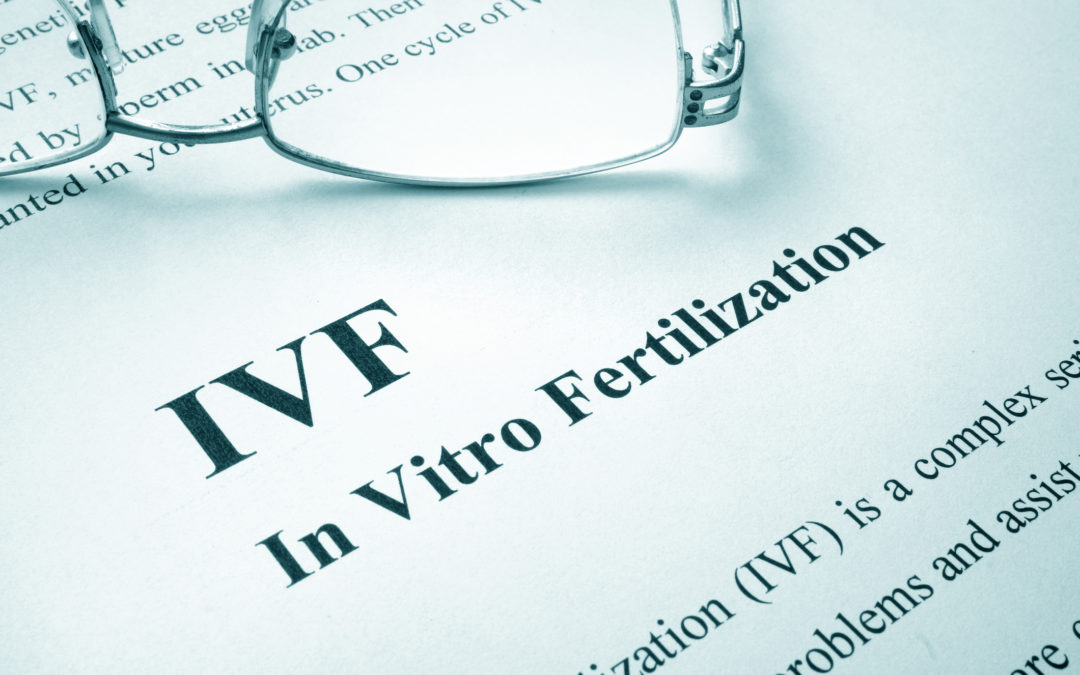Not everyone needs IVF.
When trying to conceive (#TTC) for years without success, something is usually wrong. Despite all the stories of taking a vacation or losing weight, these don’t work for most people with true infertility. 80% of women conceive within three months, and if a woman hasn’t gotten pregnant when trying over 18 months, the odds are 10:1 against her being spontaneously successful over the next several years. Though IVF exceptionally powerful, many people need an evaluation to identify treatable causes. Even if a cause isn’t found, many can still conceive with low cost oral medication and insemination. However, when a couple wants a child, low tech measures haven’t worked, and would prefer using their own DNA relative to child-free living or adoption, IVF often can get results.
What is IVF?
IVF (in vitro fertilization) is a procedure where eggs that would naturally be lost in a given month are rescued, placed with sperm, and then from that group healthy embryos are identified for return to the uterus. It bypasses most tubal issues (tubal ligation, removed or damaged tubes, etc.) IVF also can fix severe male factors (low counts where sperm are unlikely to find an egg, such as from chemotherapy, testicular injury, etc.). Though IVF is more efficient when there are many eggs to choose from (25 eggs give a greater chance of conception than 8), it can also help overcome egg problems through identification of healthy embryos. Looking at embryos often tells the chances of pregnancy, but the gold standard is a sampling of the DNA from an embryo. Women with prolonged infertility often have more mistakes in the DNA in their eggs, where a biopsy can find a healthy embryo so they can have success, when other embryos would have failed.
Why do IVF?
Though IVF (and parenting) is not for everyone, many women with subfertility run 1% or less chances per month of being pregnant. To have a technique that can change it to 50% (or cumulatively even higher from a single egg retrieval), this can go a long way in having the child they have hoped for. Though IVF (and parenting) is not for everyone, many women with subfertility run 1% or less chances per month of being pregnant. To have a technique that can change it to 50% (or cumulatively even higher from a single egg retrieval), this can go a long way in having the child they have hoped for. Though IVF (and parenting) is not for everyone, many women with subfertility run 1% or less chances per month of being pregnant. To have a technique that can change it to 50% (or cumulatively even higher from a single egg retrieval), this can go a long way in having the child they have hoped for.
Can I afford IVF?
Unfortunately, insurance coverage for infertility is often limited (and many find they are in an exception category for “mandates”). Though the usual starting point is low cost, low tech approaches, if needing IVF, many are surprised to find that broad inclusive packages (not including medication) allowing for multiple embryo transfers are available for $11,000. We even are introducing for eligible patients a package for $16,000 with 100% refund if a baby is not born from an IVF cycle. (Talk with us at Positive Steps Fertility for details.) Though not cheap, this approach can get results for having a child who is ultimately priceless.
As always, we wish for success for everyone wanting to be parents.
From simple explanations, to high tech solutions, or a simply a fresh perspective if what you’ve been doing on your own or with a doctor hasn’t worked, come see us in our Monroe, Madison, Starkville or Hattiesburg MS offices.
Hope, understanding, and solutions are real and we see successes all the time!


Recent Comments